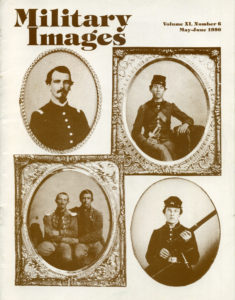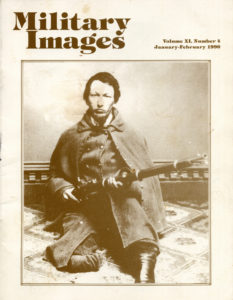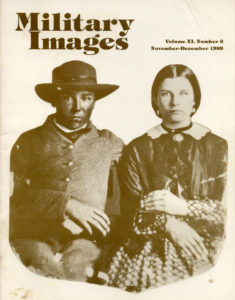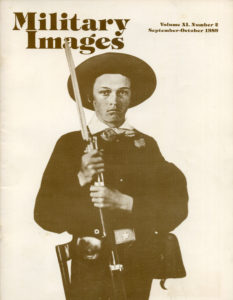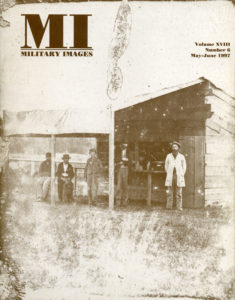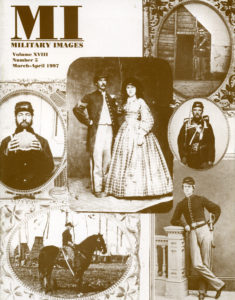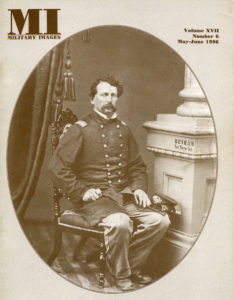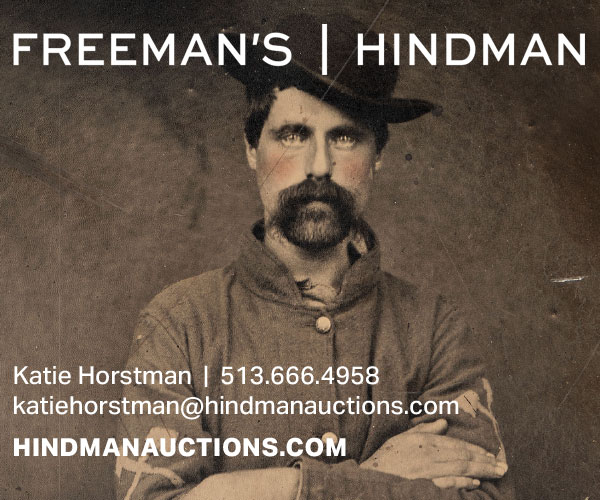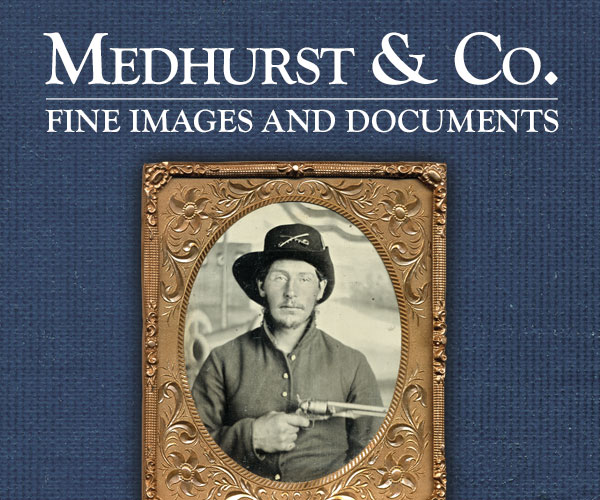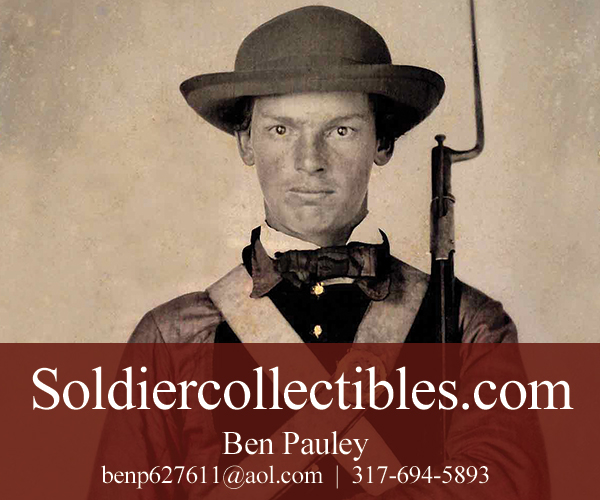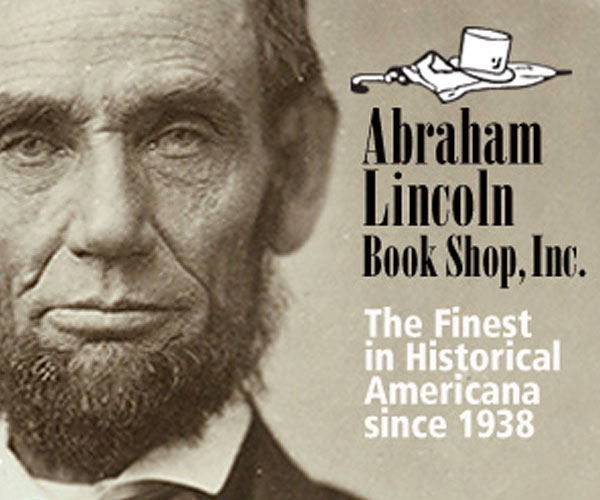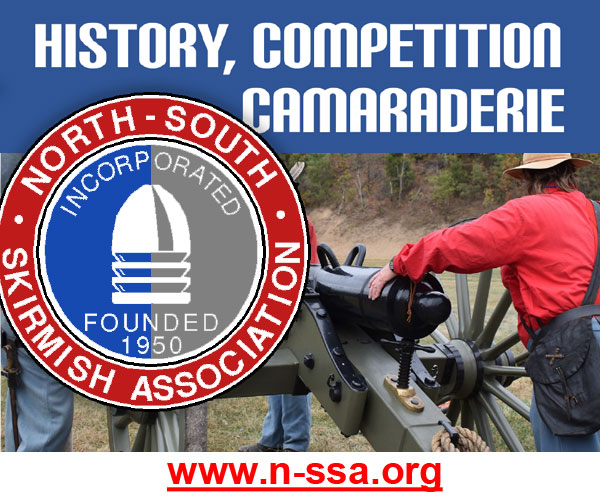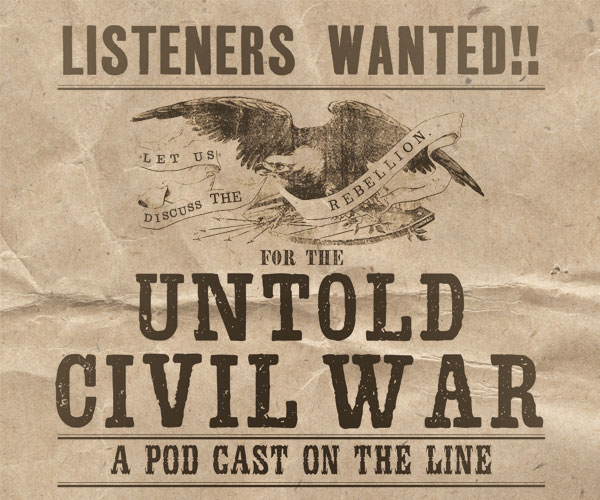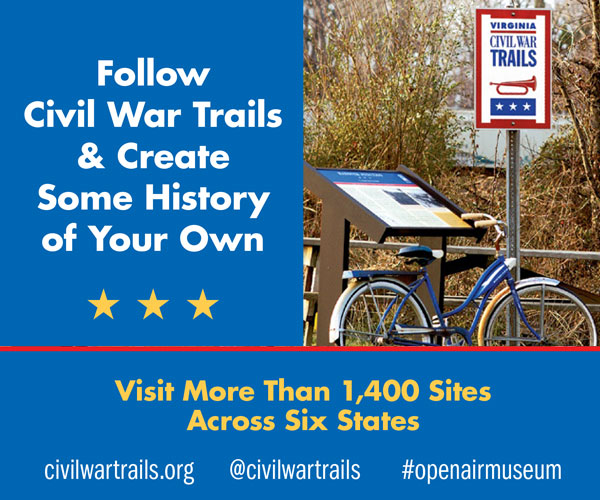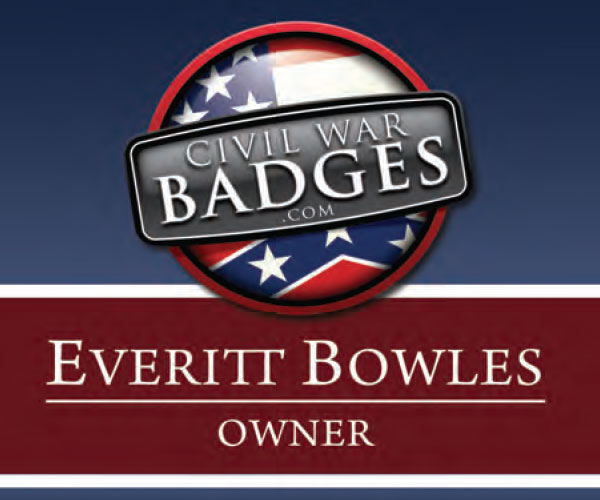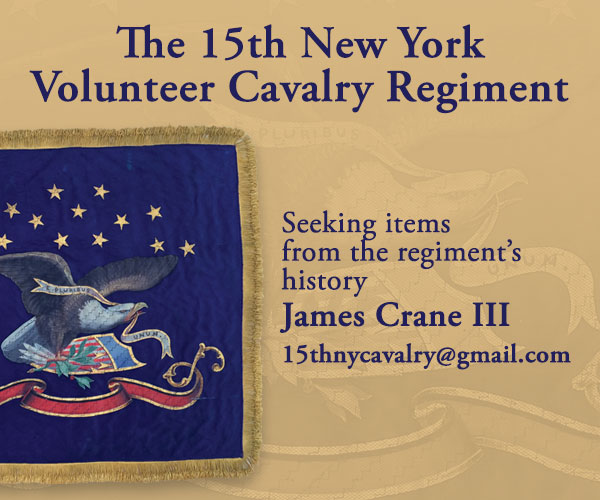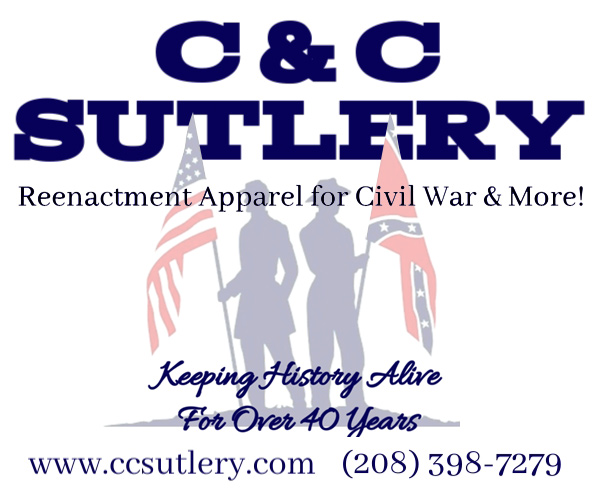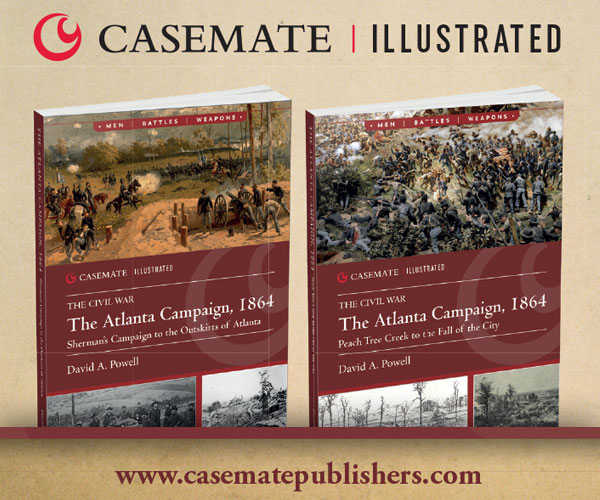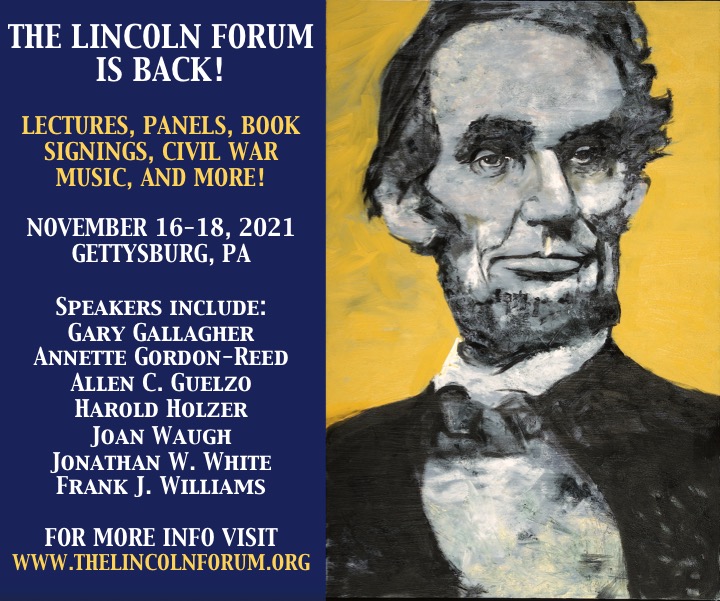The complete issue
Vol. XI, No. 6
(32 pages)
Print edition: Visit our store to check availability
Digital edition: Visit JSTOR.org to purchase
Subscribe to MI
Explore the MI Archives: Browse | Advanced search | Tutorial
Inside
Cover image
A selection of images from the Charleston Museum and the South Carolina Confederate Relic Room & Museum pictures unidentified South Carolinians.
Editor’s Desk (p. 1)
The editor announces that Dr. Murat Tekalp of the University of Rochester, N.Y., has developed a computer program that sharpens blurry images, and invites subscribers to visit the MI table at the forthcoming Gettysburg Civil War Show.
Mail Call (pp. 2-3)
Letters to the editor include the identification of a Straggler, artifacts related to Surg. Benjamin Rohrer, more on the recent Baltimore street photograph and a request to expand the magazine to World War II, Korea and Vietnam.
Passing in Review (p. 5)
Three publications are mentioned: Lehigh County, Pennsylvania in the Civil War (self-published) by Richard Matthews, Civil War Letters of the Tenure Family, Rockland County, New York, 1862-1865 (Rockland County Historical Society) edited by Larry Whiteaker and Calvin Dickinson and Damn the Torpedoes: Naval Incidents of the Civil War (John Blair Publishers) by A.A. Hoehling.
Palmetto Soldiers (pp. 6-21)
Author John Mills Bigham declares, “In no other southern state was the enthusiasm for independence more universal” than South Carolina. Ultimately, 60,000 men from the state served in the Confederate armies. A representative survey of images includes 49 portraits and other wartime images. They are grouped in the following categories: Siege of Charleston, The Citadel, Infantry, Cavalry, Prisoners of War and The Final Days.
The “Aerial Telegraph:” A Brief History of the Signal Corps in the Civil War Era by Stephen Siemsen (pp. 22-26)
On the occasion of the 130th anniversary of the appointment of Albert J. Myer as Signal Officer of the Army, the author profiles the Corps and its contributions to the Union during the Civil War. The narrative is illustrated with a portrait of Myer prior to the war, and 10 other images.
Uniforms & History by Michael J. McAfee (p. 27)
In “72nd Regiment, Pennsylvania Volunteer Infantry (Baxter’s Philadelphia Fire Zouaves),” McAfee explores the dress and regimental record of this organization. The text is illustrated with unidentified portraits of a sergeant and a hospital steward.
Stragglers (pp. 29-31)
A total of 8 images submitted by readers includes a circa 1890 military photographer, Pvt. John Sharper of the 14th Rhode Island Heavy Artillery (Colored), which later became the 8th U.S. Colored Heavy Artillery, and a Union soldier with a Burnside carbine.
Sutlers’ Row (p. 32)
Back cover
Four images are pictured: A Confederate officer, two men who wear what appear to be antebellum military uniforms and a woman.
